The Construction Wearables Market is currently characterized by a dynamic competitive landscape, driven by technological advancements and an increasing emphasis on worker safety and productivity. Key players such as SmartCap Technologies (US), Triax Technologies (US), and Vuzix Corporation (US) are at the forefront, each adopting distinct strategies to enhance their market positioning. SmartCap Technologies (US) focuses on innovative fatigue monitoring solutions, while Triax Technologies (US) emphasizes real-time data analytics to improve site safety. Vuzix Corporation (US) leverages augmented reality to provide immersive training experiences, indicating a trend towards integrating advanced technologies into wearable solutions. Collectively, these strategies not only enhance operational efficiency but also contribute to a more competitive environment, as companies strive to differentiate themselves through unique value propositions.
In terms of business tactics, companies are increasingly localizing manufacturing and optimizing supply chains to respond swiftly to market demands. The Construction Wearables Market appears moderately fragmented, with a mix of established players and emerging startups. This structure allows for diverse offerings, yet the influence of key players remains substantial, as they set benchmarks for innovation and quality. The collective actions of these companies shape market dynamics, fostering an environment where agility and responsiveness are paramount.
In August 2025, SmartCap Technologies (US) announced a strategic partnership with a leading construction firm to implement its fatigue monitoring system across multiple job sites. This collaboration is poised to enhance worker safety by providing real-time alerts to supervisors, thereby reducing the risk of accidents due to fatigue. Such partnerships not only validate SmartCap's technology but also expand its market reach, reinforcing its position as a leader in safety solutions within the construction sector.
In September 2025, Triax Technologies (US) launched an upgraded version of its wearable safety device, which now includes enhanced connectivity features and improved data analytics capabilities. This upgrade is significant as it allows for better integration with existing site management systems, thereby streamlining operations and improving overall safety compliance. The move reflects Triax's commitment to continuous innovation and its understanding of the critical need for real-time data in construction environments.
In July 2025, Vuzix Corporation (US) secured a major contract with a multinational construction company to provide augmented reality headsets for on-site training and remote assistance. This contract is indicative of a growing trend towards utilizing AR technology in construction, as it not only enhances training efficiency but also reduces the need for on-site experts, thereby cutting costs. Vuzix's ability to secure such contracts underscores its competitive edge in the AR space, positioning it favorably against other players in the market.
As of October 2025, the Construction Wearables Market is witnessing trends that emphasize digitalization, sustainability, and the integration of artificial intelligence. Strategic alliances are increasingly shaping the competitive landscape, as companies recognize the value of collaboration in driving innovation. Looking ahead, it is likely that competitive differentiation will evolve, with a shift from price-based competition to a focus on technological innovation, reliability in supply chains, and enhanced user experiences. This evolution suggests that companies that prioritize these aspects will be better positioned to thrive in an increasingly competitive market.


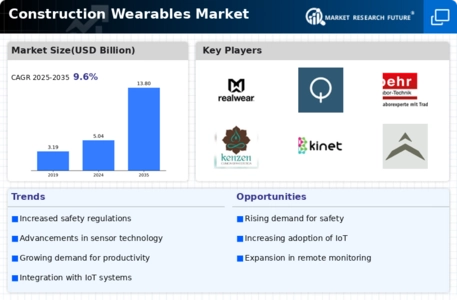

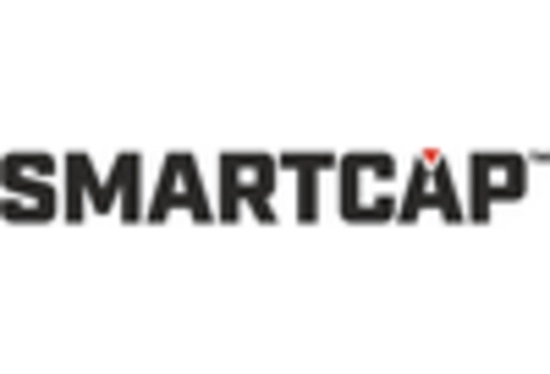

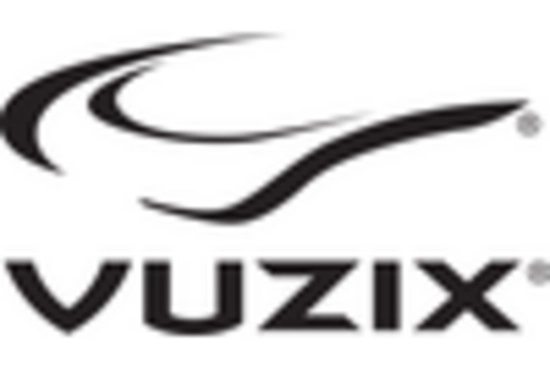
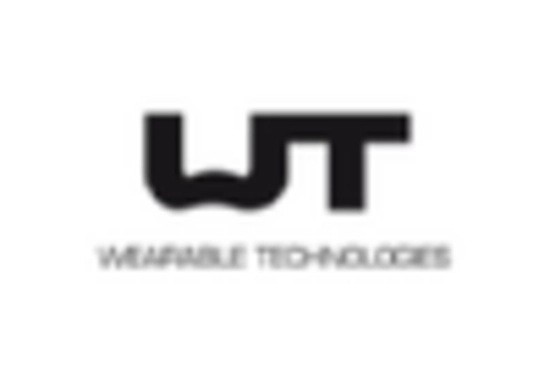
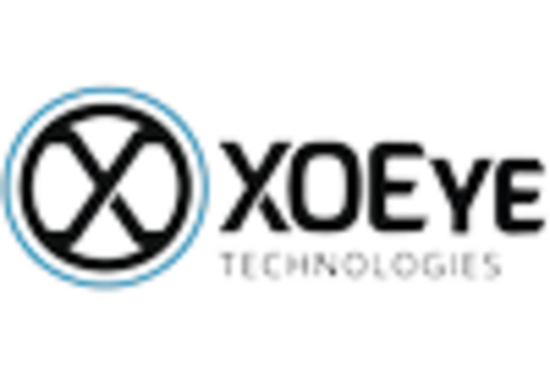








Leave a Comment